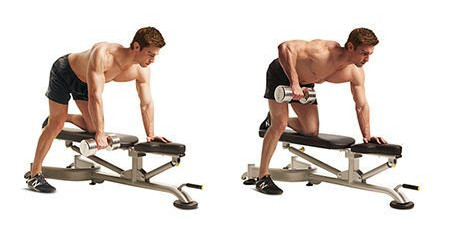PERSONAL REFLECTIONS
In central North Carolina, outdoor tennis may be played most of the year, maybe for 9 -10 months. Maybe more often if we dress warmly. And we have many indoor facilities. One problem is that we never know when spring will come. Spring may arrive in February or in late May.
In July and August, we may go back to indoor courts because of the heat. I can remember almost becoming delirious after a 3 set tournament match in August. Fortunately, I found some bananas and was able to replenish lost minerals, especially potassium.
Tennis is a sport for a lifetime. Local and state tournaments have age divisions, so that we could play 35 and over, 45 and over and 55 and over tournaments. Knee issues and back surgery now prevent me from playing, at least seriously. If that were not enough, a rotator cuff impingement would make my service motion difficult at best.
But I played for 60 years, the better part of a lifetime. I had enormous respect for my coach, Jim Leighton, at Wake Forest University in the mid 60s. Playing ACC tennis was a joy, filled with pleasant memories. I distinctly remember the following instructions from Coach Leighton:
- Bend your knees
- Racquet back early
- Step in as you contact the ball
- Position yourself with a low center of gravity, feet more than shoulder width apart
- Take your racquet back as you run; don’t run, then stop, then take your racquet back
- Try to see the oncoming ball hit your racquet strings
- Maintain a loose grip to relieve any tension, especially when serving
- Meet the ball well in front, especially with the backhand volley
An early backswing was especially important on the backhand side, since there were fewer two fisted backhands at this time. One tactic that always seemed to work was this: hit wide to your opponent’s strength. As he recovers quickly to protect his weaker side, again hit wide to his better side. He will usually be on the “wrong foot” and in no position to recover.
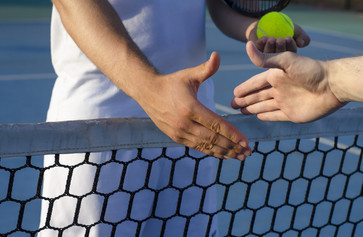
Tennis conditioning when I was young seemed to consist of lots of rope jumping and lots of practice drills. Weight training and other forms of resistance were generally reserved for football players. This was several decades ago.
I began to understand the importance of conditioning for tennis as a senior player.
SOME CONDITIONING ROUTINES
ROPE LADDER DRILLS- Place a rope ladder at the baseline area of a practice court. Or draw one on a hard court with chalk. These will be rectangles of about 15 ” width. Then:
- Run forward with the ball of your left foot striking within the first rectangle and the ball of the right foot hitting within the next.
- Then run, with both feet hitting consecutively within the same rectangle
- Face an instructor and be ready to move sideways, with both feet within separate rectangles. Move quickly as the instructor claps hands. Stop when you hear the next clap, start again with the next clap after that
- Still facing an instructor, move to the right with the first clap, to the left with the next clap, etc.
See a rope ladder below. Here is a very reasonably priced rope ladder from Amazon.
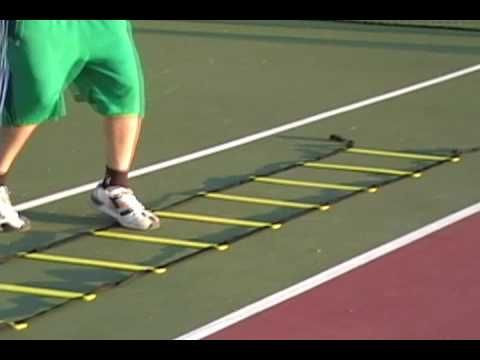
SPRINTING ON THE COURT – Start at the baseline. Then:
- Run toward the net
- But stop at the service box
- Then sidestep to the sideline to the right
- Then continue sprinting to the net
- Run quickly to the center of the net
- Then sidestep to the sideline to the left
- And sprint back to the baseline
JUMPING ROPE – this is great for tennis players, boxers or for any athletic endeavor where footwork is essential. Here is a very sophisticated jump rope.

STRENGTH TRAINING WITHOUT WEIGHTS – Planks, lunges and push – ups are important for tennis and require no weighted resistance. These movements are generally well known. See below: 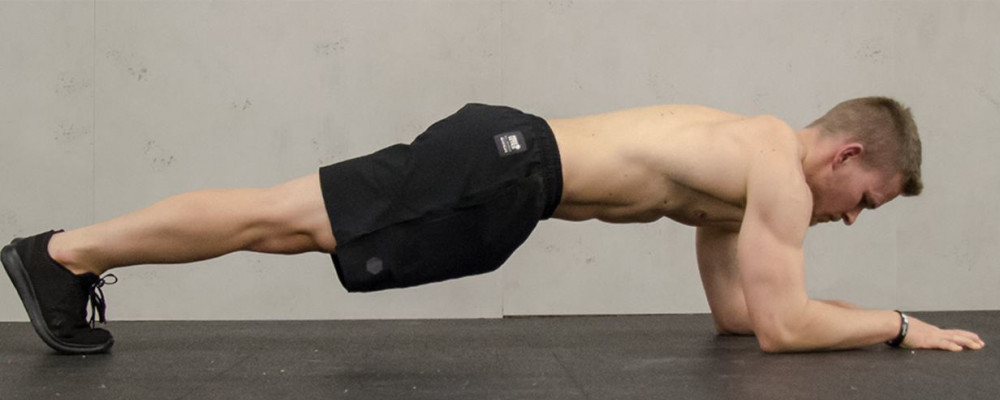
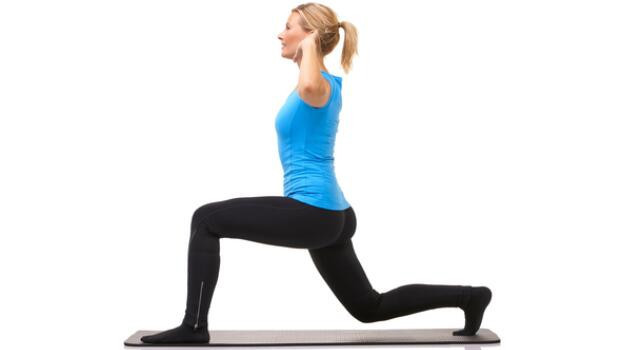
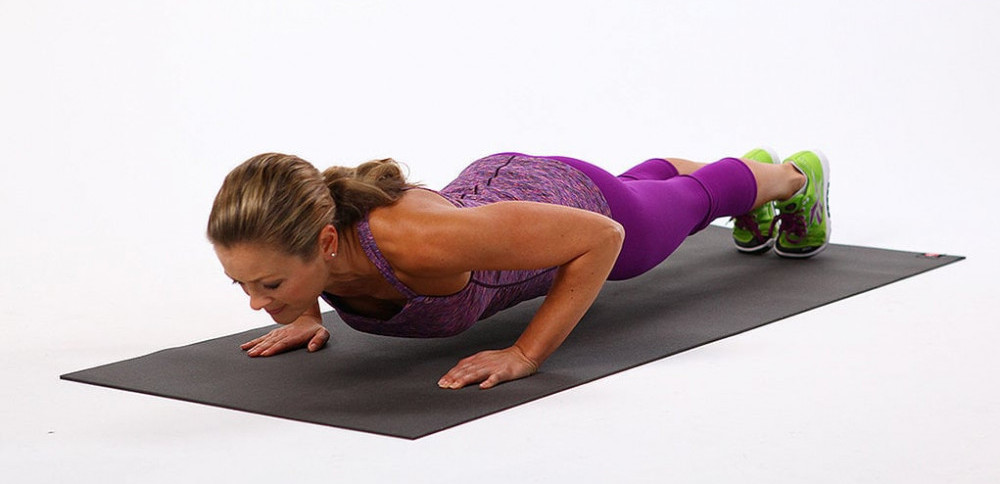
STRENGTH TRAINING WITH DUMBBELLS – Dumbbells may be used to enhance tennis fitness. Examples are
- Biceps curl and wrist curls. These will strengthen the forearms, as well as upper arms.
- Lying lateral raises – see below
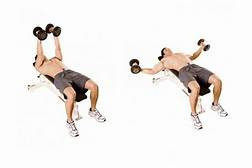
- Standing lateral raises. For stronger backhands – shown below
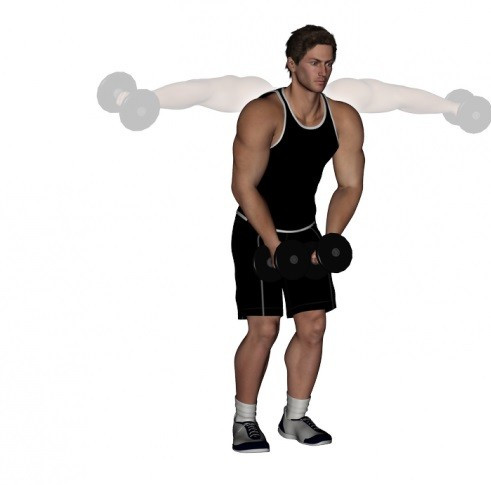
- Dumbbell bent over row – for back strength. See below:
It is also quite important to stretch after weight training for tennis. See my prior post on stretching. It is generally much better to use free weights rather than machines, since machines control the range of motion. We need to learn to stabilize our movements under the stress of resistance.
It is generally better to do resistance workouts on the days when we are not playing or practicing tennis. But when practicing, it may be okay to work out after the practice session, with a few hours rest first.
DUMBBELL RESOURCES:
These are through Amazon. As an Amazon associate, I may earn from qualifying purchases:
- Very light set -pairs of 1lb, 2 lb, 3 lb, 4 lb, 5 lb
- Slightly heavier – pairs of 5 lb, 8 lb, 12 lb.
- Two adjustable dumbbells, with weights from 5 lbs to 52.5 lbs
STRENGTH TRAINING WITH RESISTANCE CORDS – Quite simply, it is very easy to do any resistance movement with resistance cords instead of dumbbells. These cords have handles that allow for pulling or pushing. We may attain stability by anchoring the midpoint to a door or by stepping on that midpoint. Door anchors are included in all sets, as are different “weights” or degrees of tension. See a couple of sets of these below. Each includes instructional information, also from Amazon.
STRENGTH TRAINING WITH BULLWORKER PRODUCTS – I have used Bullworker strength products for several years. They fit well the needs for tennis conditioning and do so in a very compact manner. They are very portable, excellent for traveling – not big and clunky. All the products come with illustrated instructions and recommended programs.
CONCLUDING
Another great tennis conditioner is to run up stadium steps repeatedly. I am reminded of Rocky Balboa in Philadelphia. A grueling tennis match, especially singles tennis, is not really unlike a boxing match. We generally don’t get bloodied up, but the emotions may be similar – mano a mano. Think of Federer vs. Nadal, McEnroe vs. Borg or Sampras vs. Agassi.
It seems to me that gifted athletes can progress quickly when they take up tennis. Many good tennis players are also proficient in other sports, or so it seems. The skills are often transitional.
Here are a few pertinent tennis books to consider. Amazon:
Please give this great sport a try if you have not already. Tennis is addictive!
Please leave any questions or comments in the “Comments” box below. Or email me, richard@myworkoutathome.com.
Be well!
